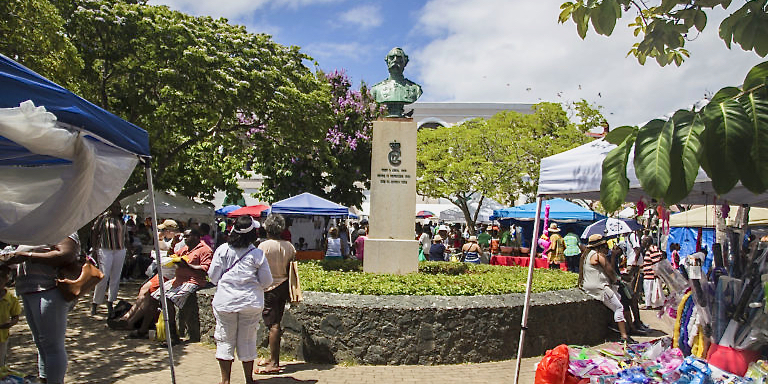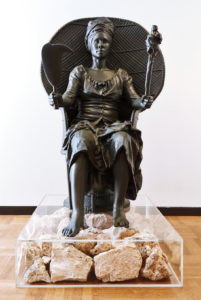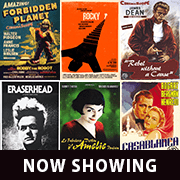
The removal of Confederate, colonialist, imperialist and enslaver monuments all over the world in recent months has sparked a conversation about the power of monuments and memories in the Virgin Islands.
Visual artist LaVaughn Belle recently participated in a discussion with a panel of scholars and artists to discuss “As the Statues Fall: A Conversation about Monuments and the Power of Memory,” sponsored by the Wenner-Gren Foundation and SAPIENS, in collaboration with the Society of Black Archaeologists and the Cornell Institute of Archaeology and Material Studies.
The discussion, which took place on July 23, followed the deaths of Breonna Taylor, Ahmaud Arbery, George Floyd, Tony McDade, Atatiana Jefferson, Aura Rosser, Elijah McClain and countless others at the hands of police in the United States. The protests of the Black Lives Matter movement spread across the United States, then rippled into the removal of colonialists, imperialists and enslaver monuments all over the world.
Belle, who is best known for her piece, “I Am Queen Mary,” shared her insights on the power of monuments, and her work to reconfigure historical markers.
“The public, in general, has been paying more attention,” she said. “It definitely has to do with the pandemic and the slowing down of time, it feels like we are in this sort of monumental moment.”

Belle said the power of the Black Lives Matter movement has brought a clear consensus that this time feels different.
“Right now, in the Virgin Islands, we have monuments that we have been wanting to be removed. We live in the remnants of slavery,” Belle said. One of the statues in question is of the bust of King Christian IX of Denmark from Emancipation Garden on St. Thomas.
That’s not the only statue that has come into question lately, according to an opinion piece Mario Picayo wrote for the Source. In the article, Picayo questioned the placement of King Christian’s statue and other symbolic references, such as honoring the territory’s seven flags, the V.I. Flag and the names of the towns and cities, to name a few.
Belle has confirmed that discussions have begun, but there is difficulty in convincing architectural preservationists to move statues out.
“I understand that they want to preserve the statues because of history. They see it as we are taking the history of the town out, and they don’t believe in doing that,” she said. “It is about creating a relationship between power and ideology, it is about ideas in a different way, very different to what a building represents versus a statue.”
As for where these statues should be moved to, Belle said there’s no good place.
“Because of the ideology, and it is about celebrating the Danish monarchy, it will impact anywhere it goes. My advocacy is for it to not be placed anywhere, I think it should be placed in a basement somewhere, that is the kind version,” she said. “Another option would be to send it back to Denmark.”
In regards to street names and other remnants of a time when the Virgin Islands felt the impacts of slavery, Belle said. “We live in so much symbolic violence that we have numbed ourselves to live in it, and that is my goal, to remove the nostalgia from these spaces, and whether we see it or not, it does impact us.”
Belle said more statues of Virgin Island heroes should be properly placed and researched and represented with historical accuracy. The statue placement is important because it is mainly why the statue of King Christian is so significant, she said. The statue is in Emancipation Garden on St. Thomas.
Belle referenced the statue of the “Freedom Sculpture” of John Gottlieb, more affectionately known as General Budhoe, located at the Frederiksted waterfront near Fort Frederik.
“The way it is placed, it allows us to remember that statue. It has become so popular because people are able to identify with it,” she said.
She compared the location of the Budhoe sculpture to that of the David Hamilton Jackson statue, in between Fort Christiansvaern and the Danish Custom House.
“People will not be able to remember because of the power these buildings hold,” she said. “The only reason why he is there is because it is near where he worked.” Belle was referring to the office of “The Herald,” where Jackson worked during his beginnings on St. Croix.
“His statue should be placed at The Herald,” Belle said.
Regarding creating a statue for the territory like her memorable piece “I Am Queen Mary,” which is in Denmark, Belle said, “It has been a very difficult process.” Still, Belle said the process is ongoing, and she is determined to make it happen. “We are trying to bring it here, as our very own Statue of Liberty.”
For now, Belle is busy preparing her upcoming solo exhibition this fall, entitled “The History of Unruly Returns,” at the Nordic Museum in Seattle and a public art project at Arts Brookfield in New York City.





